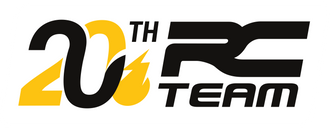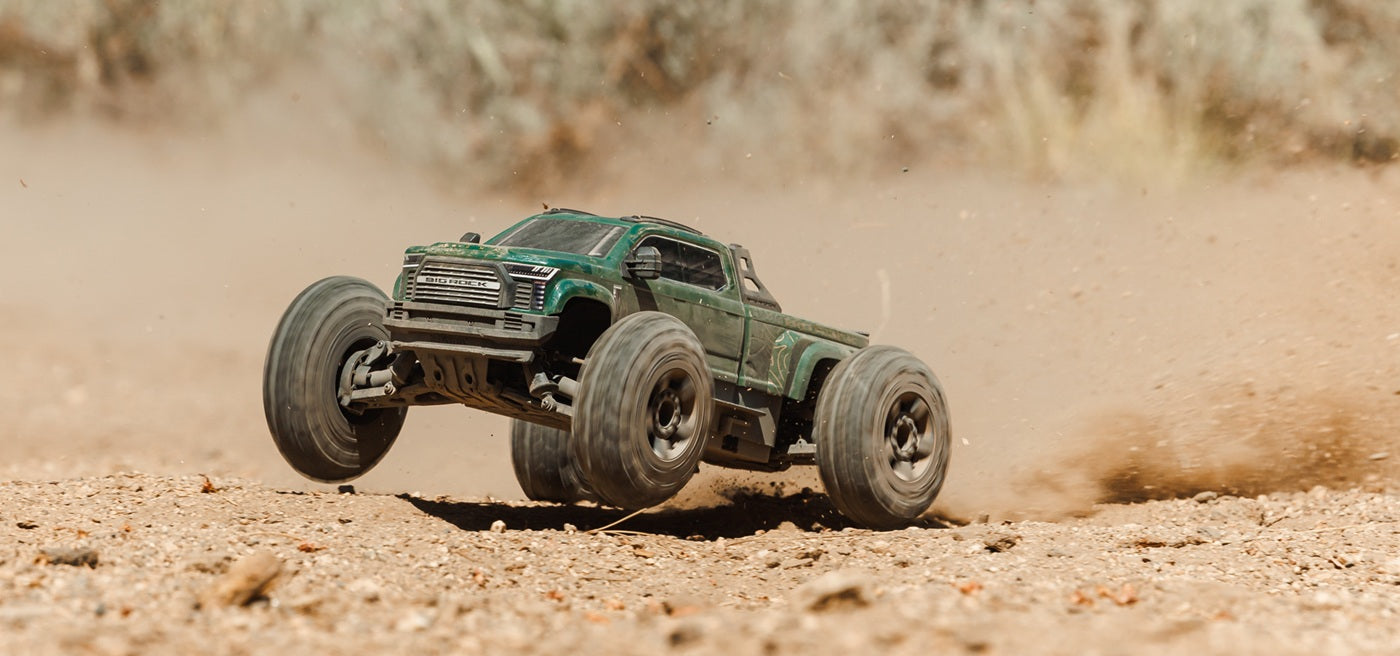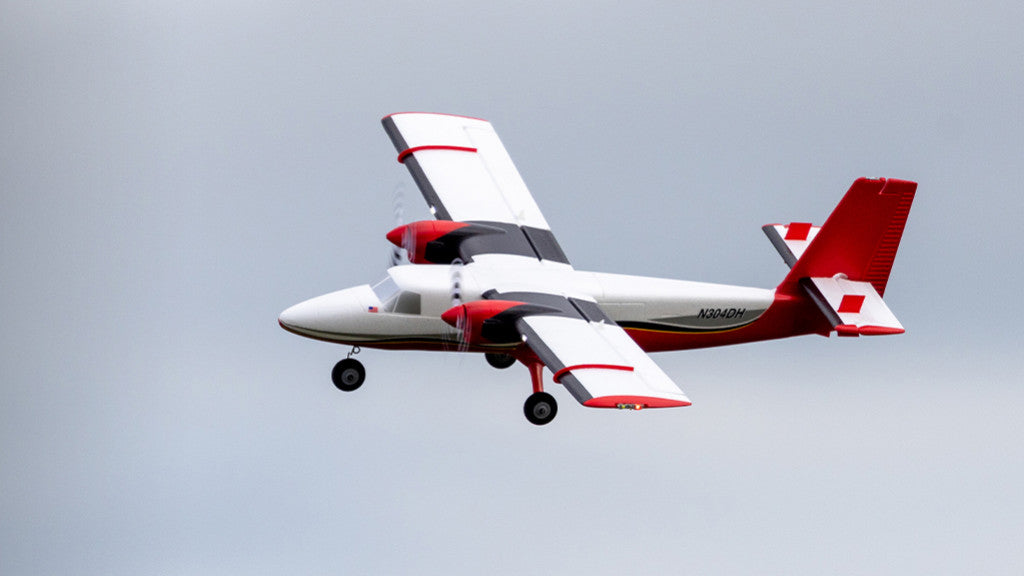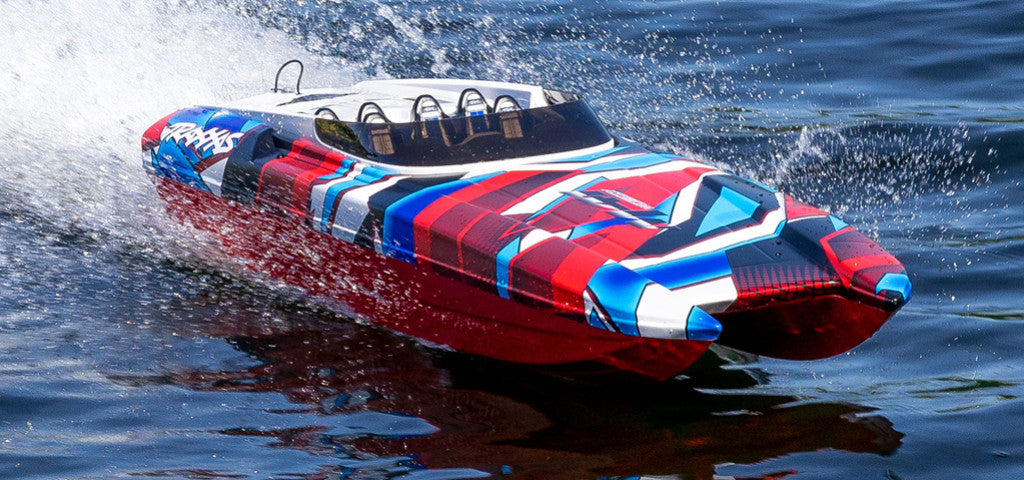How does a radio control work?
A control system is essential for modelers to remotely control the scale models. It is composed of a receiver, a transmitter and several control elements which communicate with each other. Transmitters and receivers must be of the same brand.
The transmitter
The role of the transmitter is to transform the pilot's orders into electronic impulses. When a command is given, the radio's antenna emits radio waves.
The receiver
The receiver is located in the radio-controlled vehicle, its role is to receive the radio signals emitted by the transmitter then transmit them to the control elements.
Control elements
The pilot's orders will be transmitted to the model via two control elements:
- The servo , also called a servomotor, is used to transmit direction to the wheels.
- The variator is used to transmit speed to the motor.
The frequency of radio controls
The transmission frequencies of radio controls are highly regulated. Indeed, radio transmission is widely used today by many actors such as the army, air traffic, naval traffic, radio broadcasts, etc. We must therefore share radio waves to allow everyone to communicate safely and avoid accidents.
Frequencies in model making
The frequency bands reserved for model making are 26Mhz, 41Mhz and 72 Mhz.
Quartzes
The crystals are sold in pairs (one for the transmitter and one for the receiver), they define which channel to use in the transmission band of your radio. To race several cars at the same time, we recommend having 2 to 3 pairs of different quartz crystals, always announcing your frequency to other drivers and always turning on the radio before the car. This system has become obsolete and modern radio controls are 2.4GHz.
The new frequency: 2.4GHz
For several years in modeling, the standard has been 2.4GHz . The operation is similar to that of Wifi, that is to say that a 2.4GHz radio scans the available frequencies and selects a free channel to communicate with its receiver. Around forty radios can thus operate simultaneously without any interference.
Parameters to take into account
The weight
The radio control is always in the hands of the pilot. Its weight is therefore a determining factor in being able to drive your radio-controlled vehicle without getting tired.
Ergonomics
The ergonomics of the radio control is another important criterion. The handling must be pleasant and the levers easy to access in order to be able to control your RC vehicle comfortably. Some will prefer steering wheel levers, others push levers.
Fonctionnalities
There are two types of transmitters: basic, radio controls with 2 to 4 channels (functions), or programmable, much more feature-rich with up to 18 channels (functions). A basic radio control is enough to get started. The most common radio control functions are as follows:
- REV or Reverses to change the direction of rotation of the servo when the response from the receiver is reversed from the command (e.g. when the car wheels turn to the right while you tilt the stick to the left)
- Sub-Trim or Neutral to adjust the balance of the servo and set its neutral position.
- Travel adjustment to adjust servo travel.
The best way to know all the functions of your radio control is to read the instructions.




